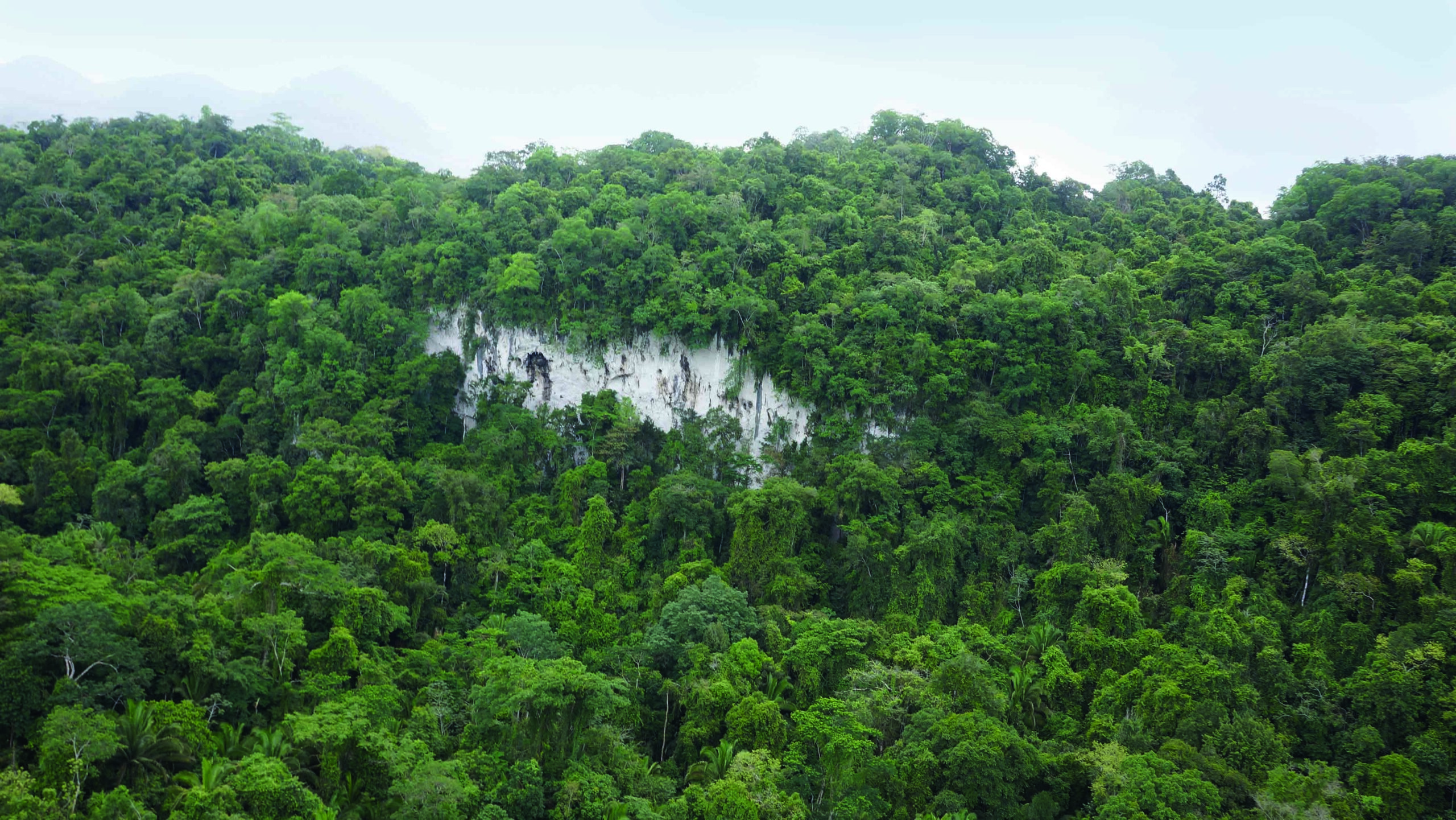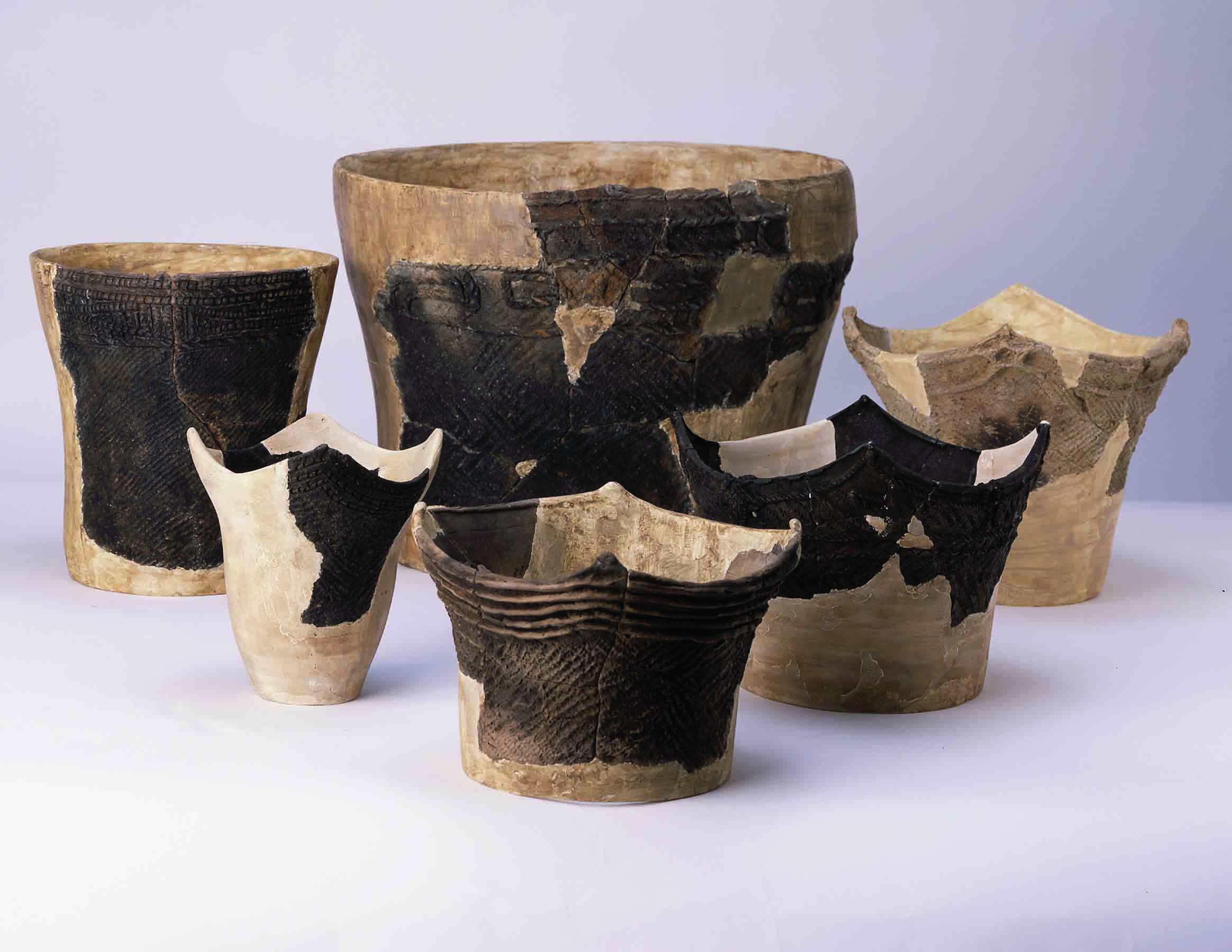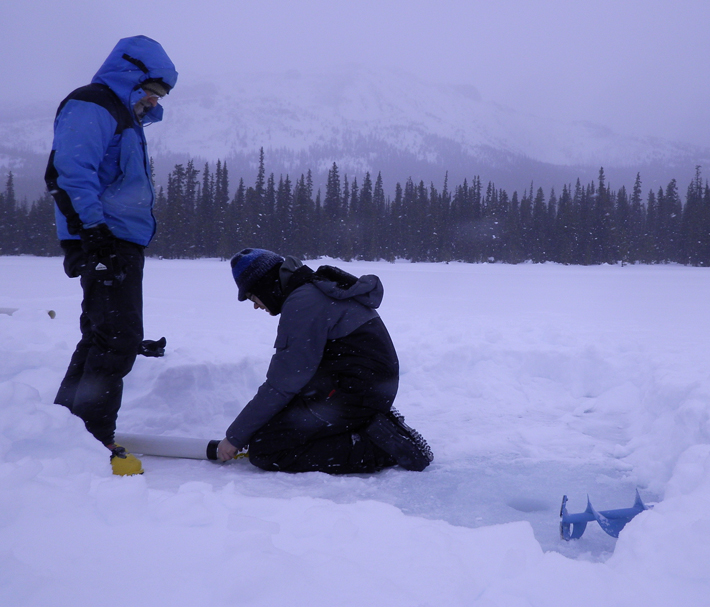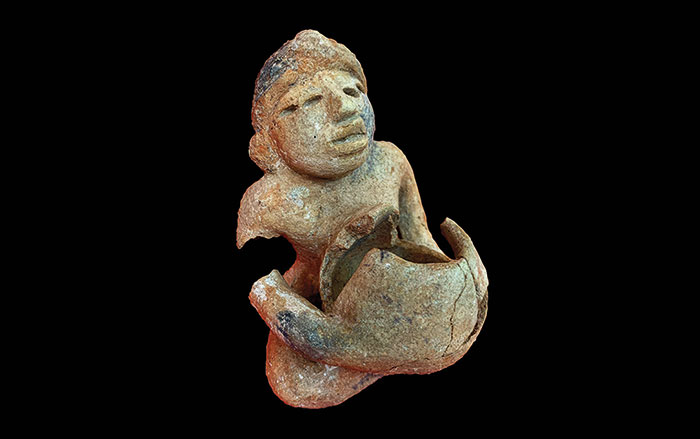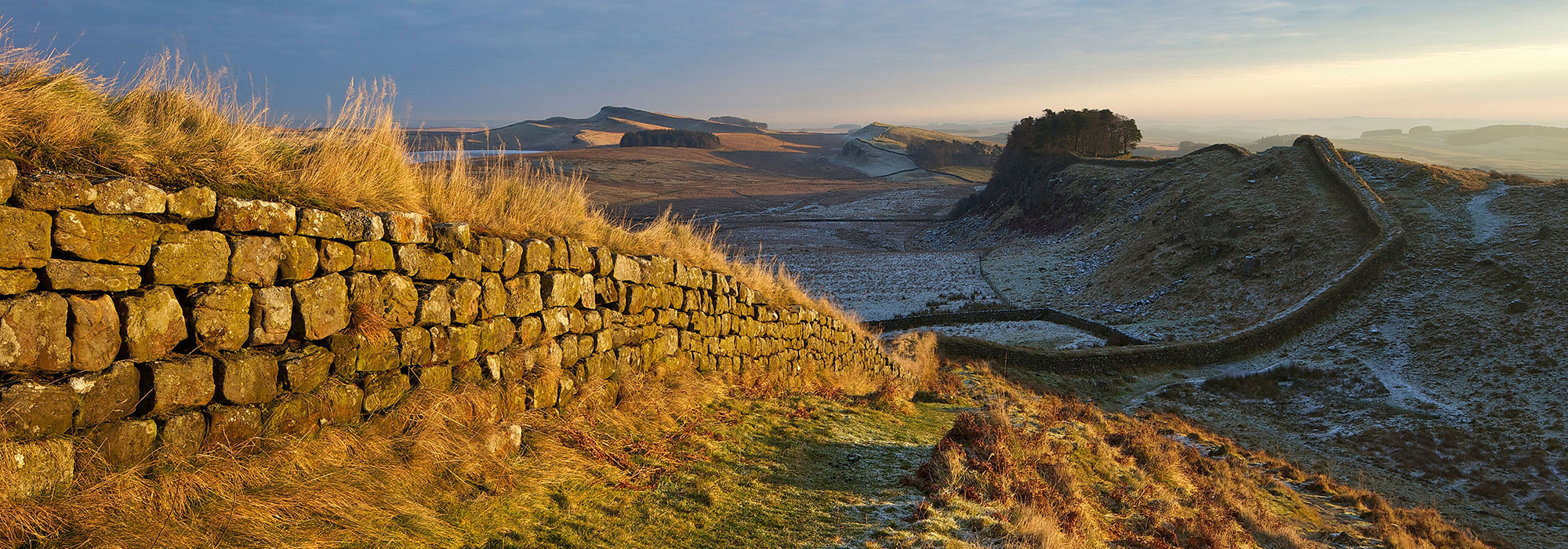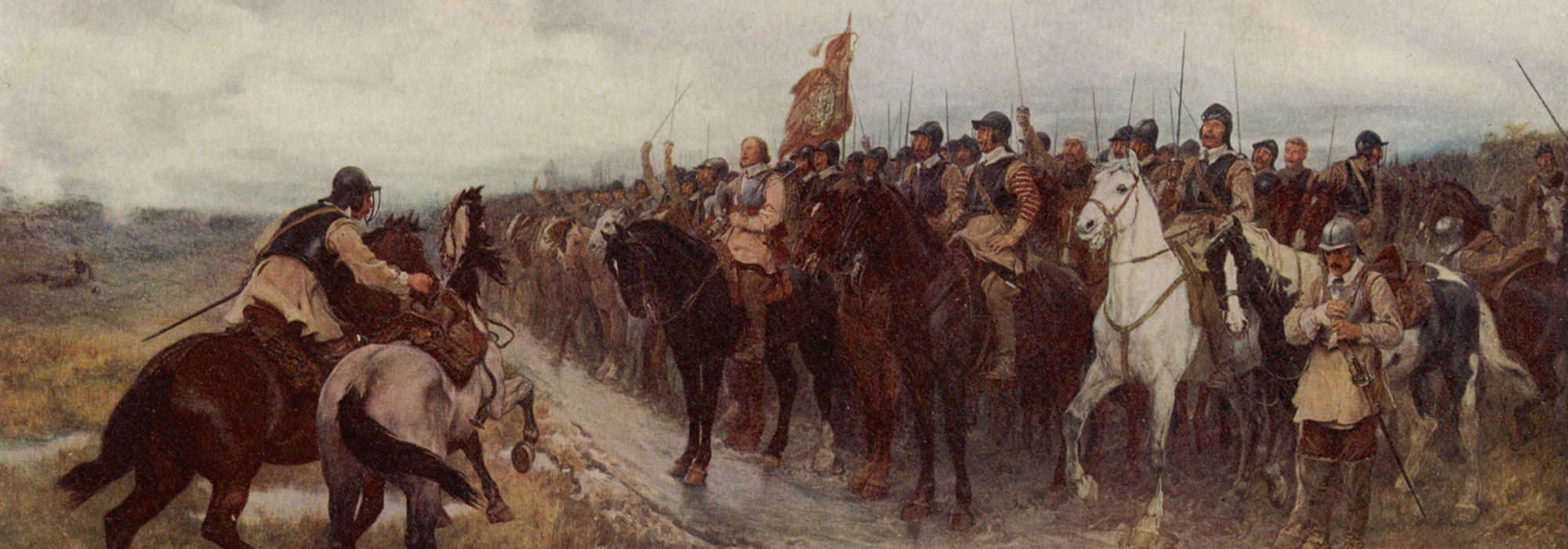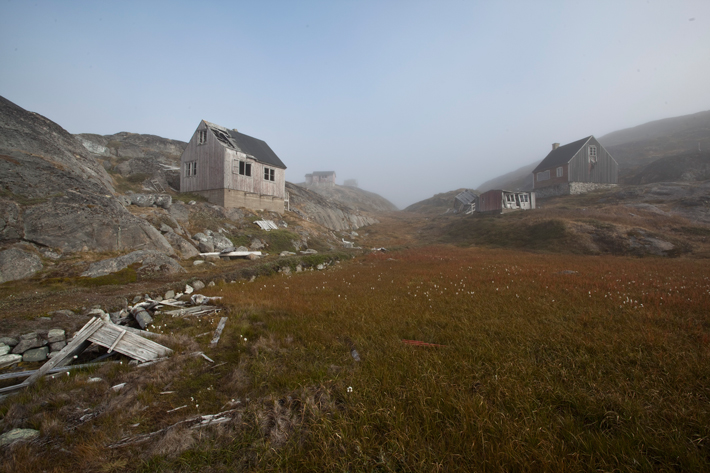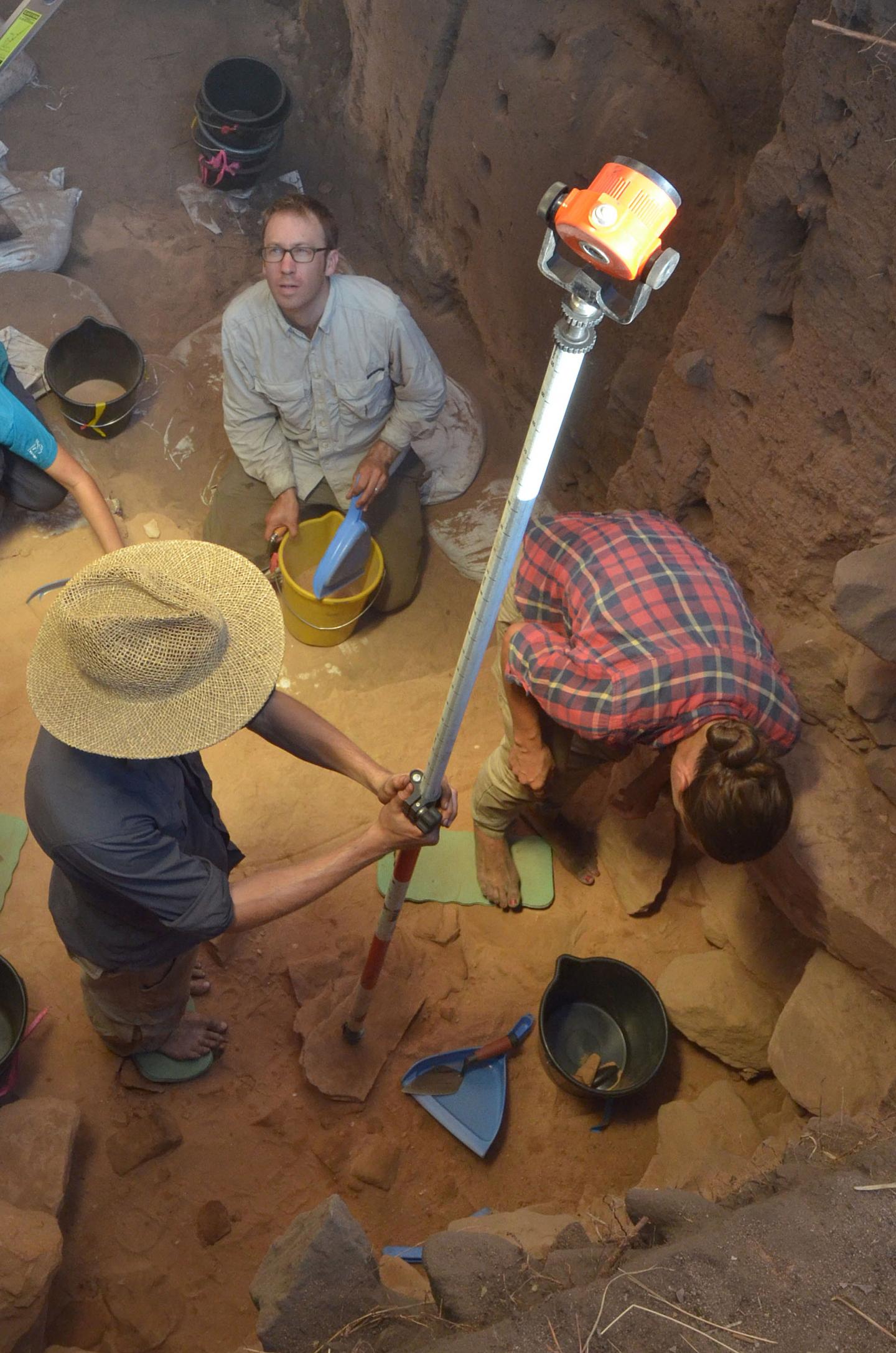
SEATTLE, WASHINGTON—According to a report in The Sydney Morning Herald, humans first traveled to Australia at least 65,000 years ago, or about 10,000 years earlier than previously thought. An international team of scientists, including Ben Marwick of the University of Washington and Chris Clarkson of the University of Queensland, excavated Madjedbebe, an ancient campsite located beneath a sandstone rock shelter in Kakadu National Park in the Northern Territory. They found perfectly preserved stone axes with polished and sharpened edges up against the back wall of the shelter. “There was one on the surface, another further down that we dated at 10,000 years,” Clarkson said. “Then there were quite a few further down still which [we] were able to date at 35,000 to 40,000 years, and finally one at 65,000 years, surrounded by a whole bunch of stone flakes.” The layers were dated with single-grain optically-stimulated luminescence dating techniques. The team also recovered seed-grinding tools, a midden of sea shells and animal bones, and a large amount of ground ochre. The new dates also suggest that humans and megafauna such as the Diprotodon shared the environment for some 20,000 years. It had been thought that the arrival of humans in Australia triggered the extinction of the continent’s megafauna. To watch a video about Australian rock art, go to "The Rock Art of Djulirri."


